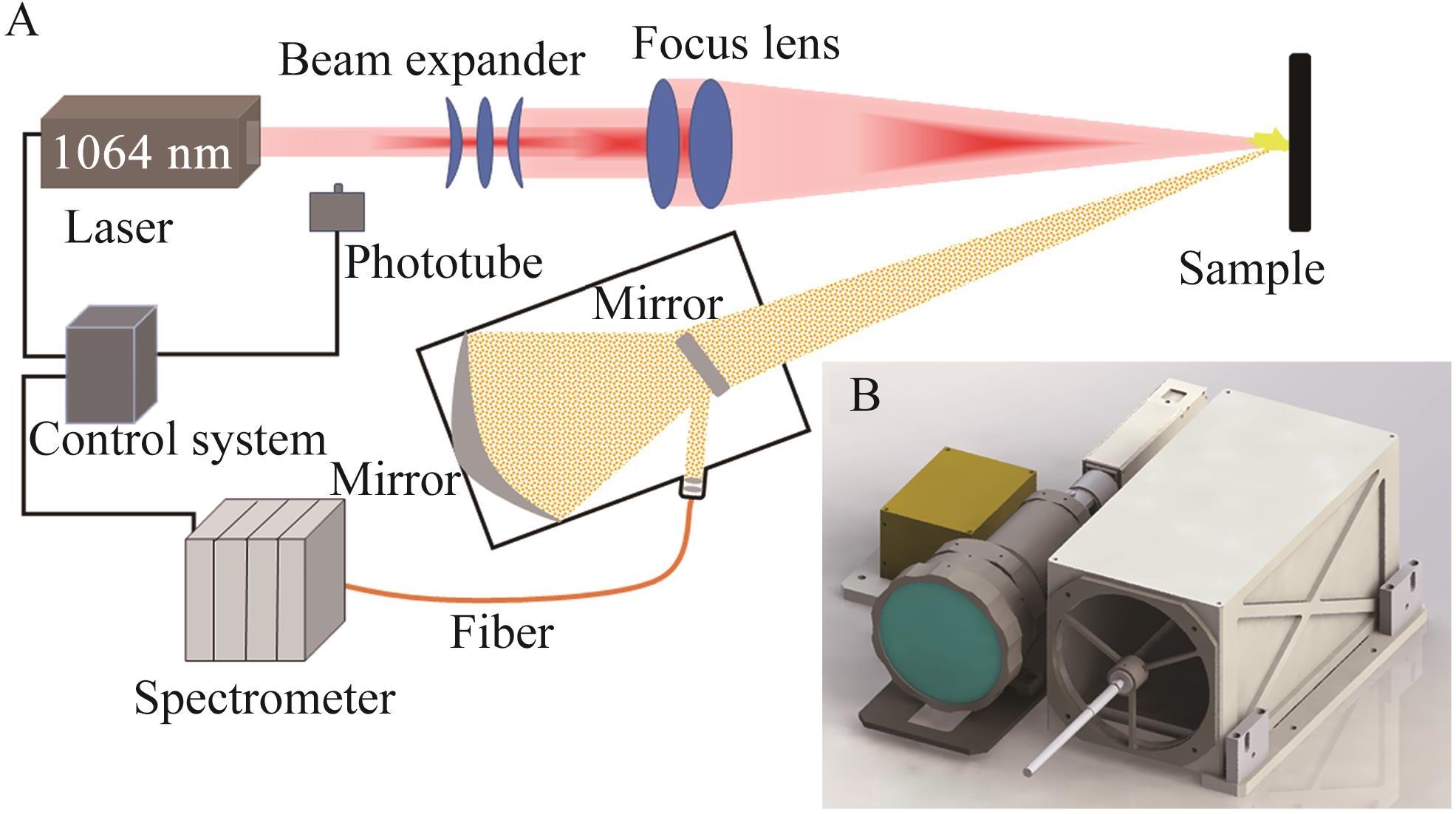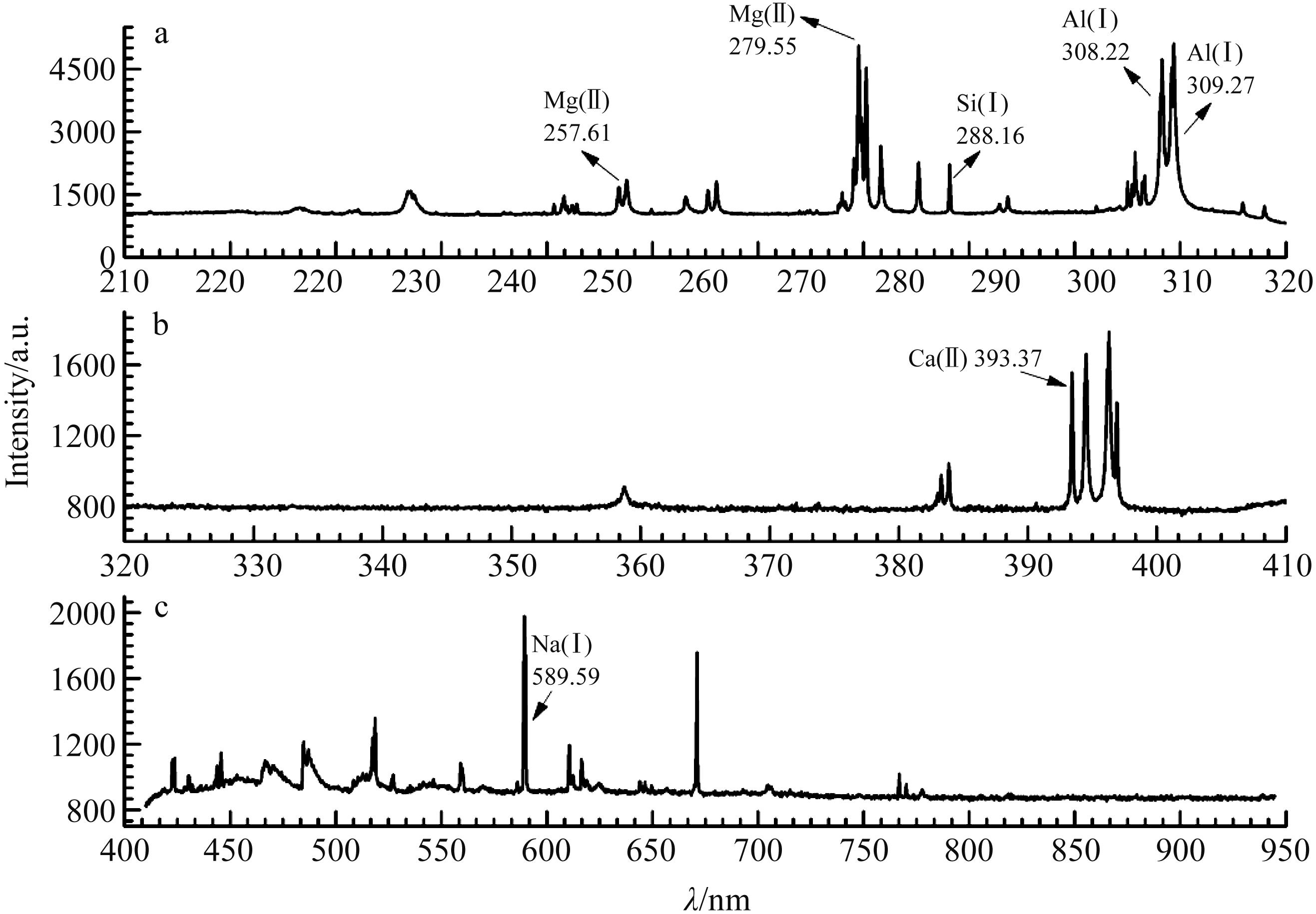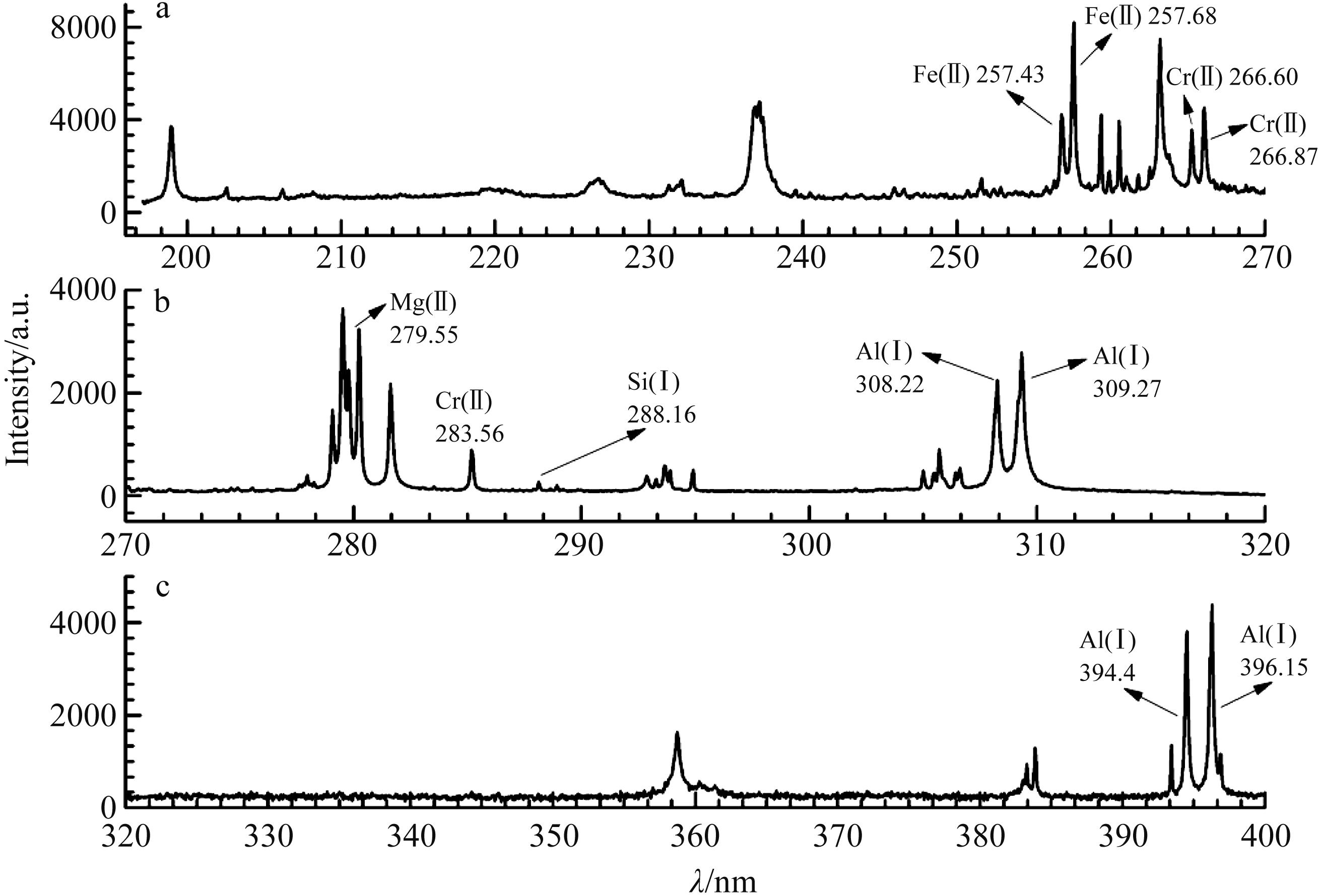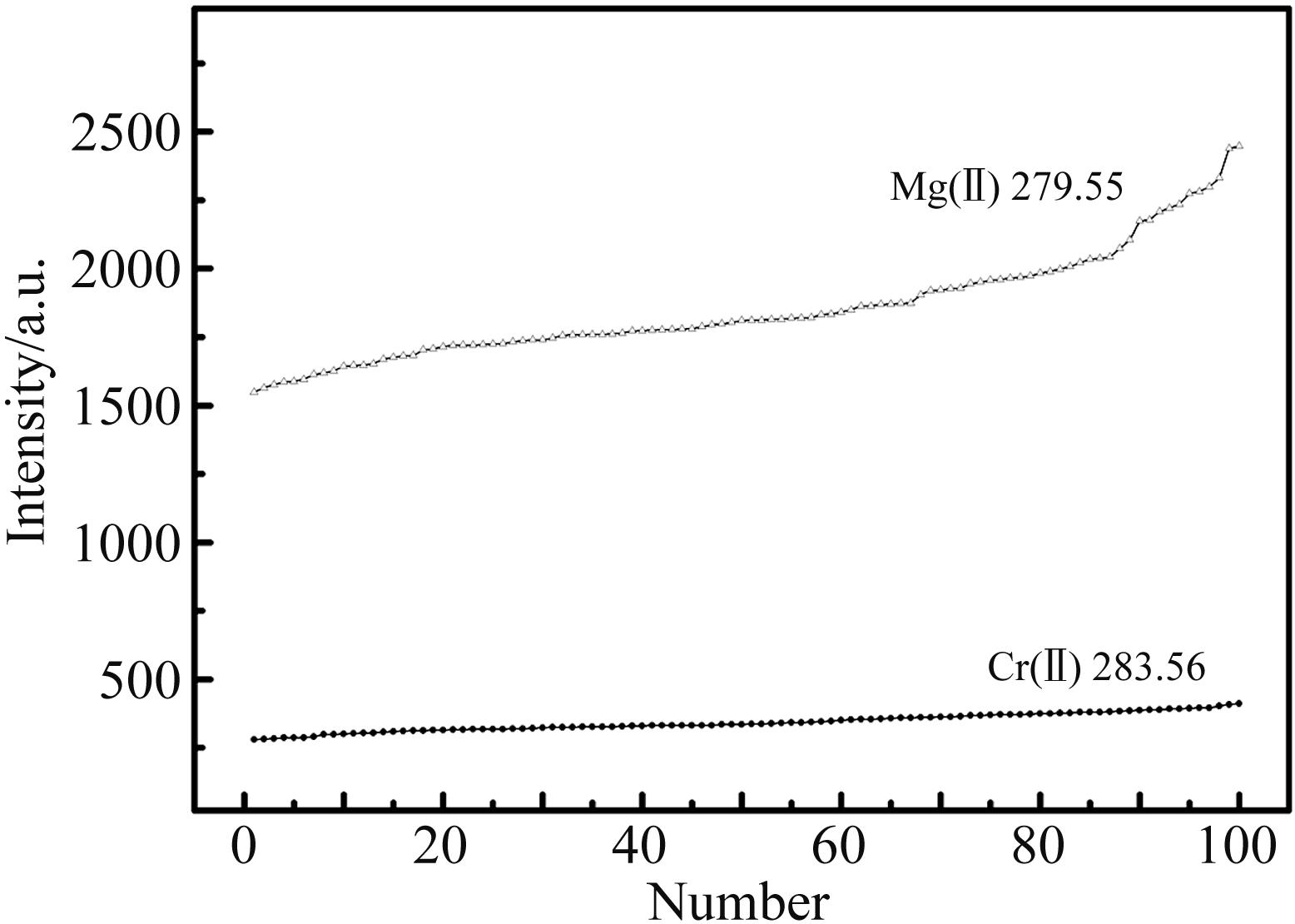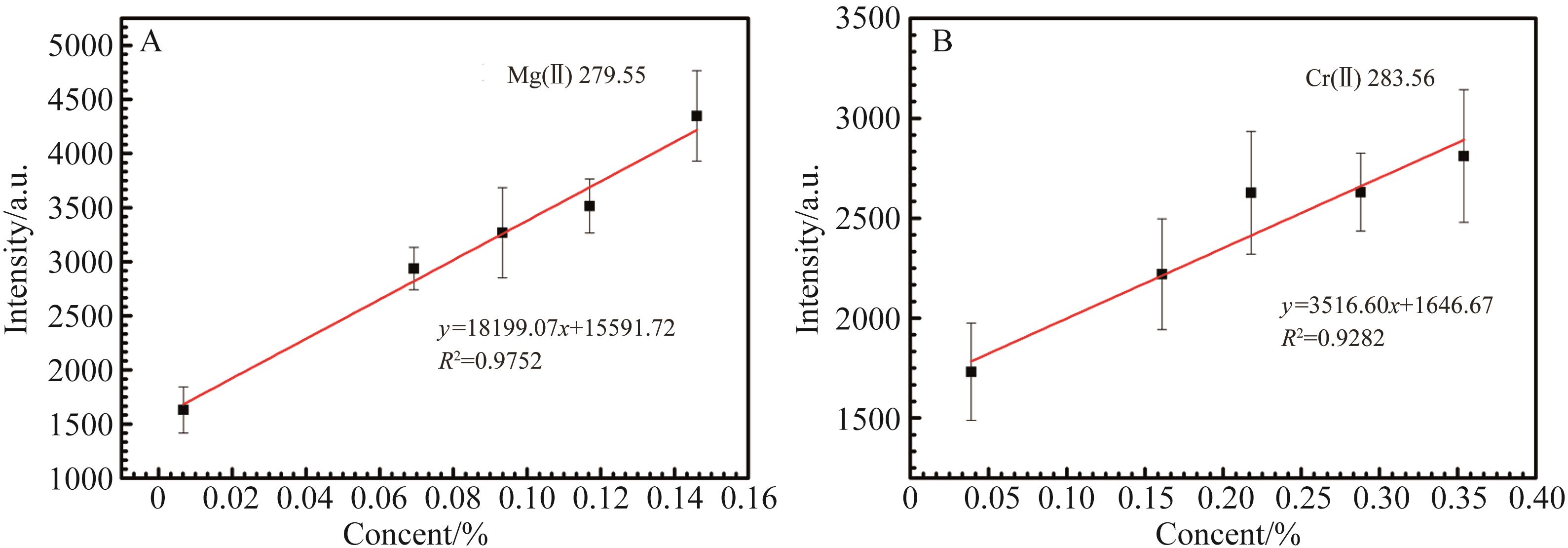
Chinese Journal of Applied Chemistry ›› 2022, Vol. 39 ›› Issue (9): 1447-1452.DOI: 10.19894/j.issn.1000-0518.210547
• Full Papers • Previous Articles Next Articles
Quantitative Analysis with a Portable Remote Laser‑induced Breakdown Spectroscopy System
Jun-Jie CHENG1, Zhi CAO1, Can-Ran YANG2, Lian-Shun LI1, Jian WANG1, Qing-Yu LIN2( )
)
- 1.The 404 Co. ,Ltd. ,China National Nuclear Corporation,Jiayuguan 735100,China
2.Research Center of Analytical Instrumentation,School of Mechanical Engineering,Sichuan University,Chengdu 610065,China
